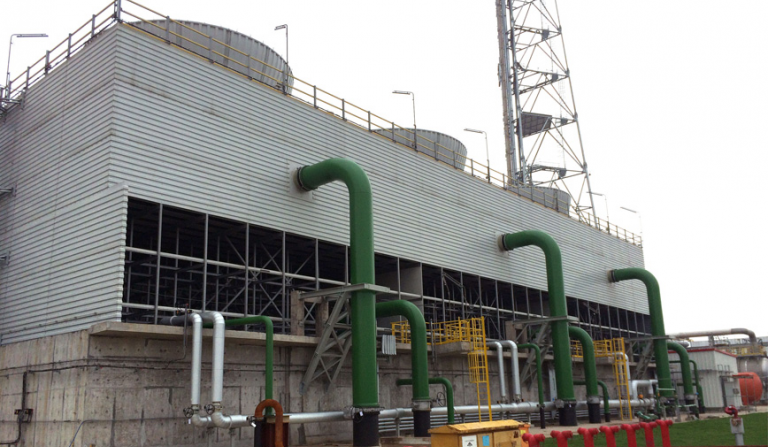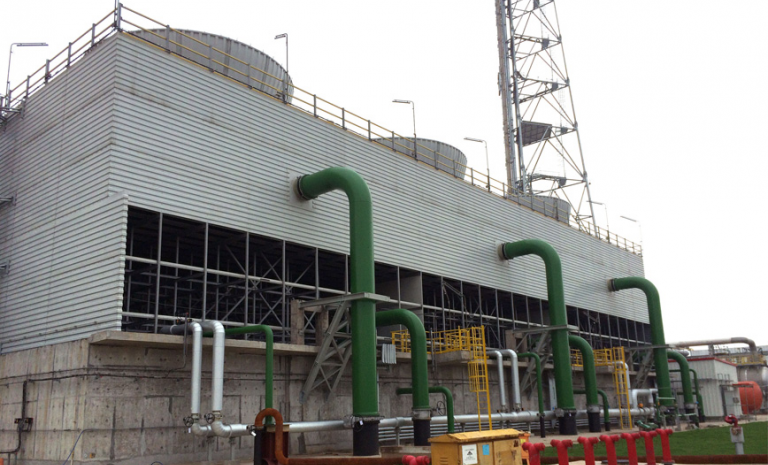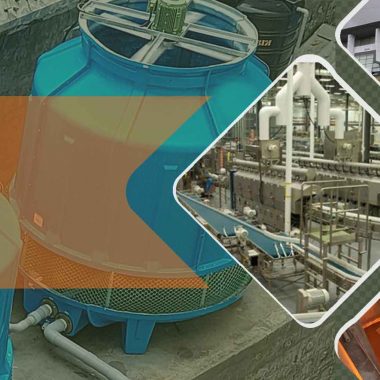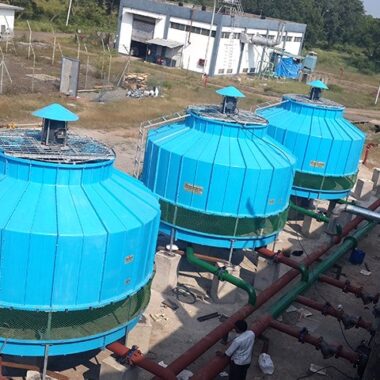Understand the flexibility and expandability of Multicell Cooling Towers
Understand the flexibility and expandability of Multicell Cooling Towers
Multicell cooling towers offer significant flexibility and expandability, making them appropriate for a wide range of cooling applications in different industries. How to Understand the flexibility and expandability of Multicell Cooling Towers : Here’s how multicell cooling towers give flexibility and expandability:
1) Modular Design:
- Multicell cooling towers highlight a measured plan comprising of multiple individual cells or modules, each prepared with its own fan, fill media, and water distribution system. This modular plan permits cooling towers to be effectively customized and designed to meet specific cooling requirements.
- Operators can include or remove cells as required to adjust cooling capacity, making multicell cooling towers highly adaptable to changing cooling loads and operational requests.
2) Scalability:
- Multicell cooling towers can be effectively scaled up or down in estimate to suit varying cooling loads and future development needs. Extra cells can be included to extend cooling capacity, whereas existing cells can be deactivated or evacuated in case cooling requirements decrease.
- This scalability makes multicell cooling towers reasonable for applications where cooling request may fluctuate seasonally or where future expansion is expected.
3) Redundancy and Reliability:
- The modular nature of multicell cooling towers gives built-in redundancy, ensuring reliable operation indeed within the event of cell failures or support downtime. In case one cell experiences issues, the remaining cells can proceed to supply cooling capacity, minimizing the chance of production disruptions.
- Redundancy is especially important in basic applications such as mechanical forms, information centers, and power generation facilities, where continuous cooling is fundamental for operational continuity.
4) Flexible Configuration Options:
- Multicell cooling towers offer flexible configuration alternatives to suit different site conditions and space constraints. Cells can be organized in parallel or arrangement configurations, permitting for ideal airflow distribution and heat dissipation.
- Also, multicell cooling towers can be introduced in counterflow or crossflow setups, depending on the specific cooling requirements and site layout.
5) Integration with Control Systems:
- Multicell cooling towers can be integrated with progressed control systems and automation innovation to optimize execution, energy productivity, and water utilization. Control systems can monitor individual cell operation, adjust fan speeds, and optimize water flow rates based on real-time working conditions.
- Integration with control systems too empowers prescient maintenance, permitting administrators to distinguish and address potential issues some time recently they lead to downtime or execution degradation.
Overall, the adaptability and expandability offered by multicell cooling towers make them a versatile cooling arrangement for a wide run of applications. Whether it’s adjusting to changing cooling loads, guaranteeing reliability through redundancy, or optimizing performance with progressed control systems, multicell cooling towers give the adaptability and scalability required to meet advancing cooling requirements in industrial, commercial, and institutional settings.





